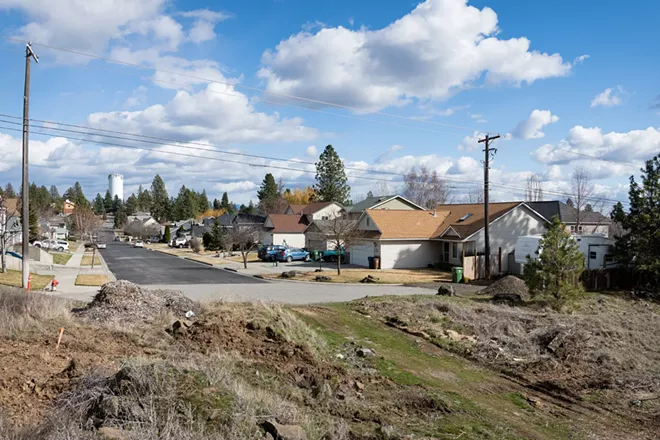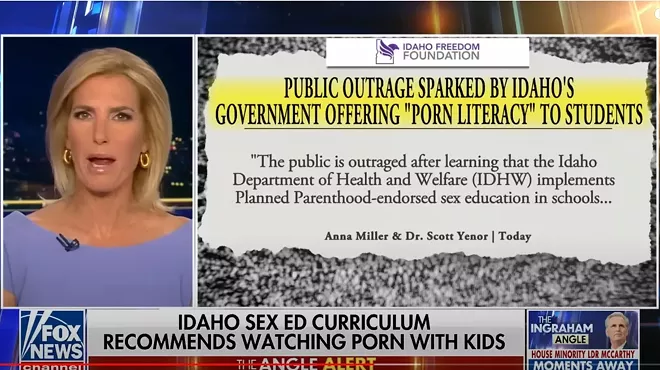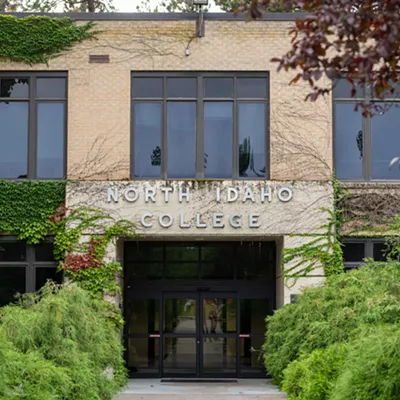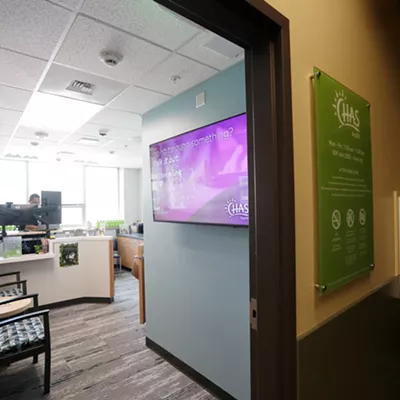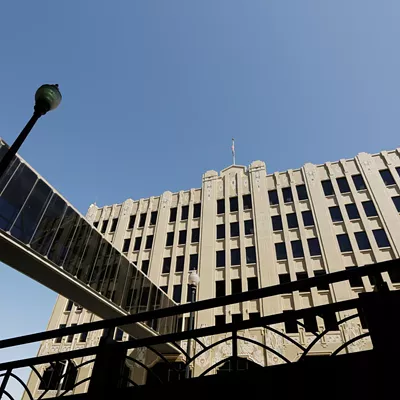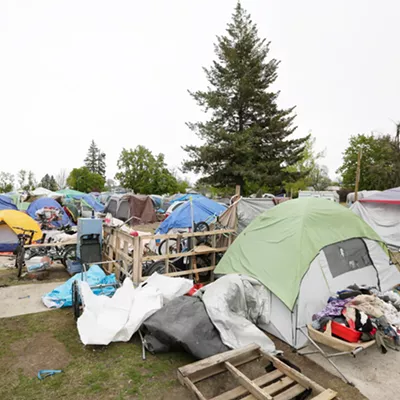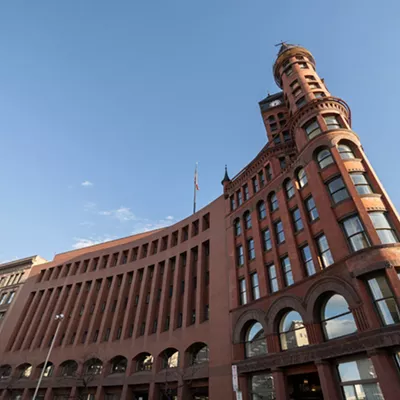A new study shows that Spokane's poorer neighborhoods are significantly hotter than the more affluent areas of the city. At its most extreme, there is a 13.9-degree difference between the pavement-heavy, poorer neighborhoods and the greener, richer ones. Overall, the hottest neighborhoods were Emerson/Garfield, West Central and downtown. Data was collected by volunteers who drove through the city with heat sensors mounted to their cars. The stark divide is caused by the "heat island effect," a lack of green space and trees and an excess amount of asphalt and dense buildings, an urban phenomenon exacerbated by extreme events like the "heat dome" of summer 2021, which killed at least 20 people in Spokane. "One of the ways of thinking about it is as an environmental justice issue," says Brian Henning, the director of Gonzaga University's Center for Climate, Society and the Environment, which participated in the national study. Researchers are now working to gather data on community perceptions of extreme heat. You can take the survey at Gonzaga.edu/heatsurvey. (NATE SANFORD)
BUILDING BAN
In order to update — and likely increase — development fees for new homes proposed along Highway 195, the Spokane City Council passed a six-month moratorium on new development in west Spokane in the area south of Interstate 90. The pause on new building permits in the Grandview/Thorpe and Latah/Hangman neighborhoods comes after neighbors and the state raised concerns about adequate transportation infrastructure in the area. There are limited access points in and out of those neighborhoods, and hundreds of new homes could significantly increase daily vehicle trips, especially without frequent or reliable transit. "Councils and administrations from the 1990s to 2000s knew that inadequate infrastructure in the area was a problem and did not act," Councilwoman Lori Kinnear said in a statement after the 5-2 vote on Sept. 12. "This temporary moratorium is the first step towards completion of needed improvements." A public hearing is scheduled for the Nov. 7 council meeting. (SAMANTHA WOHLFEIL)
NAKED LIES
Last week, the right-wing activist group the Idaho Freedom Foundation made a stark, and false, claim that Idaho was offering something called "Porn Literacy" to primary and secondary public school students. The claim quickly went viral, showing up on major right-wing Twitter accounts like "Libs of Tik-Tok," blogs like Red State, and even a segment on Laura Ingraham's Fox News show. It wasn't remotely true. While the company Idaho used for their middle and high school sex-ed curriculums, Education Training & Research Associates (ETR), did offer a free "porn literacy" webinar to teachers and parents to help them know how to answer tricky questions students might ask about porn, the Idaho Department of Health and Welfare didn't pay for it. More relevantly, there isn't actually anything about pornography, at all, in Idaho's actual curriculums from ETR. There is, however, a lot about abstinence. (DANIEL WALTERS) ♦

